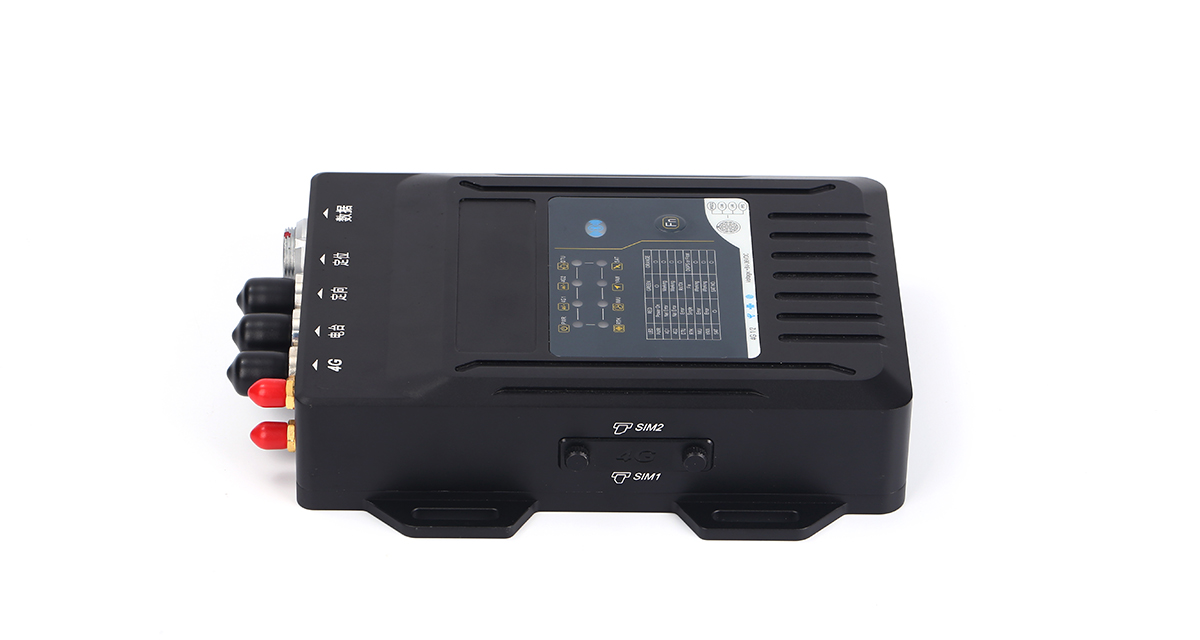Satellite navigation systems can provide high-precision, all-day navigation, positioning and timing services within their signal coverage, and play an important role in modern society. The high-precision satellite navigation and positioning antenna we mentioned is the transmitting and receiving terminal of the satellite navigation system. High-precision satellite navigation and positioning antenna is an antenna that uses satellite navigation technology for high-precision positioning. With the development of science and technology, various demands have greatly increased the requirements for the positioning accuracy of terminal antennas. Generally speaking, high-precision positioning refers to the accuracy within 1 cm.
As the receiving terminal of the entire positioning system, the antenna performance directly affects the positioning accuracy of the entire positioning system. Therefore, a high-precision satellite navigation and positioning antenna with excellent performance is very important for the software and hardware design of the positioning system.
This antenna has a wide range of application scenarios and can be used in a variety of intelligent control scenarios as well as various scenarios that require high-precision positioning. For example, for autonomous driving devices, the intelligent driving system needs to obtain road information as well as its own location information, and high-precision positioning can not only greatly improve road safety, but also predict the time required for the trip.

According to whether the integrated bottom noise amplifier circuit, can be divided into active antenna and passive antenna. The vast majority of antennas used for satellite navigation and positioning have integrated active circuitry. Passive antennas are commonly used in the BeiDou generation of applications. An active antenna is to improve the gain, commonly used in handheld devices, vehicles.
According to the use scenario, it can be divided into handheld type, vehicle type, ship type and so on. Car GNSS antenna has two categories including a single GNSS antenna and an all-in-one integrated antenna. The current car all-in-one antenna is generally integrated with AM/FM, 4G/5G, GNSS, wifi and V2X of a variety of combination programs. With the development of intelligent network connection, the terminal board (Tbox\V2X terminal) and antenna integrated "smart antenna" gradually become the trend. Vehicle GNSS antenna is mainly composed of a ceramic antenna, low noise amplifier module, cable and connector.
For navigation and positioning antennas, they are divided into built-in antennas and external antennas. Whether the antenna has an independent radome, if it is not, it is a built-in antenna, and if it is, it is an external antenna.
(1) The built-in antenna is integrated into the navigation and positioning terminal. It needs to customize the structure size and installation hole position. It is generally not common. The antenna is protected by the shell of the whole machine. It is used in RTK measurement receivers and various handheld terminals.
(2) The external antenna has a shell, and you can't see what the inner core of the antenna looks like at a glance. The external antenna has a waterproof and dustproof casing. If it is done well, anti-oxidation and anti-radiation formula will be added to the material to prolong the service life of the antenna as much as possible. The external antenna will have an RF connector, which is shared for power supply and output RF signals. There will also be different installation methods. Generally, high-precision antennas come with 5/8-11 threaded holes.
At present, Mide has launched a high-performance GNSS receiver, model INS-YI100C, which can achieve high-precision positioning and orientation functions. The data communication link supports 4G network and frequency hopping radio communication mode, which can realize differential positioning services in various environments, and can also be attached to other data links to provide operators with attitude data. Products are mainly used in drones, robots, vehicles and other fields, such as robot high-precision positioning solutions, precision agricultural mobile stations and base stations, vehicle and vehicle equipment, etc. For more information, please feel free to contact us directly.